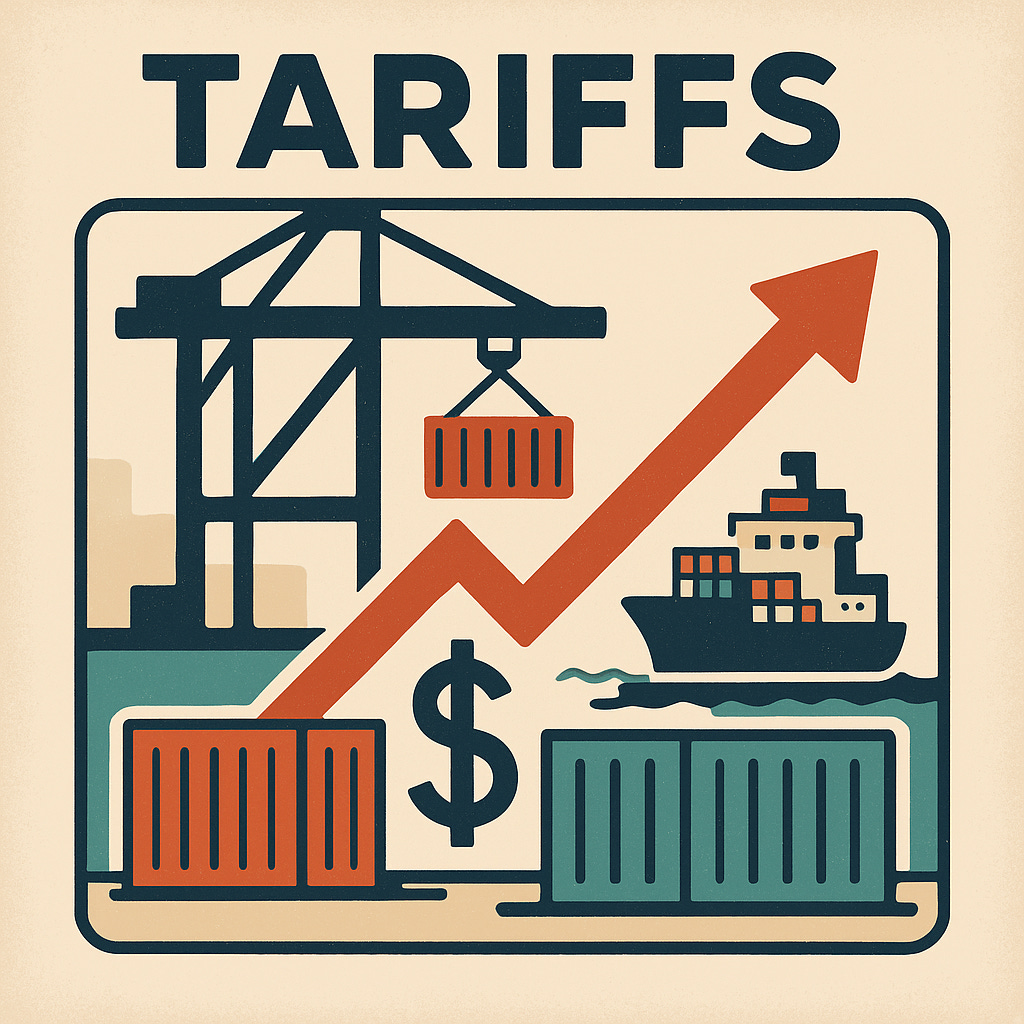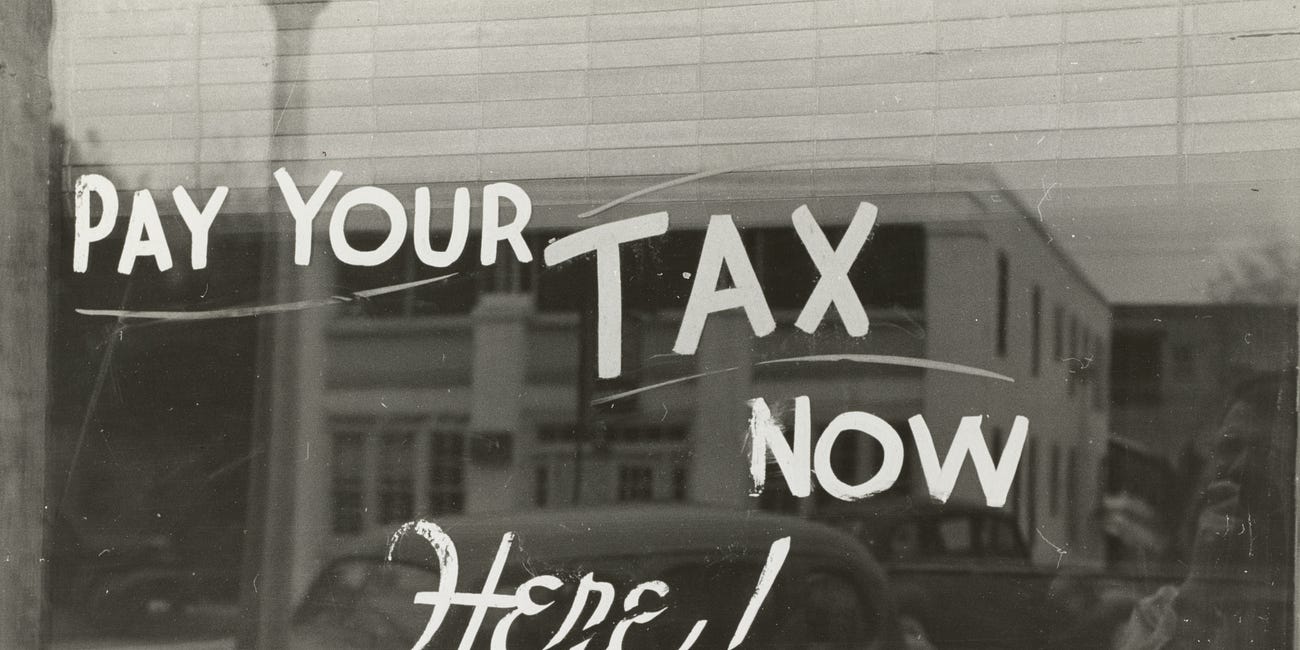On April 9, a clerk at O’Reilly Auto Parts gave me an unexpected introduction to the real-life impact of tariffs.
I needed a headlight for my Toyota Camry, but before I could pay, I felt the sting of sticker shock.
“They were just, like $15,” Tony said after ringing me up for $20.94.
At first, I blamed inflation. The price of everything from eggs to groceries to gas is up. Why not headlights? But when I flipped the Sylvania-branded box, I spotted another clue: Made in Germany and France.
It wasn’t just inflation. It was tariffs.
That same day, higher tariffs on imports from 57 countries, ranging from 11% to 50%, went into effect.
Suddenly, I cared a lot more about that dull subject from sixth-grade history class.
For weeks, the relentless talk of tariffs has cast a shadow over the global economy, fueling uncertainty and confusion for producers, consumers, businesses and investors alike.
Later that night, at a business event, a Mexican-born produce importer based in the U.S. spoke passionately about the impact of tariffs during a panel discussion. Straddling the line between policy and politics, she issued a warning.
“Soon, you’ll all be paying $5 per tomato.”
Curious about how everyday people are coping, I turned to my neighbor Yazmin, a proud Mexican single mother of two. She uses Mexican products daily in her household and confirmed that she’s felt the squeeze on consumable staples such as tomatoes, avocados and one of her favorites: Modelos.
To stay afloat, she’s committed to cutting back for however long it takes.
Fortunately for us all, a 90-day pause was placed on sweeping tariffs almost as soon as they went into effect. But with trade negotiations between the U.S. and China still at an impasse, prolonged wrangling is likely to keep those fears — and prices — simmering.
The pause may offer temporary relief, but the threat of real impact on real people still looms. No matter who you are or what you buy, chances are you’ll feel the weight of tariffs, one way or another.
But a text from my mother, also on April 9, validated my approach to this uncertain climate. Her message landed 19 minutes after the stock market closed. She had just weathered a 30% drawdown from her portfolio, but she remembered my words.
“My little Cash App stock pot went down … and is back up … this afternoon,” she wrote. “Thanks for the ‘Don’t worry’ advice.”
As a long-term investor, a trade war doesn’t spook me. I’ll continue growing my portfolio by buying whenever the stock market dips.
I’ve seen my own investments fall by 22% amid persistent tariff talk. But not once has it crossed my mind to sell during this turbulent time. My portfolio already has regained much of the unrealized losses. When the market recovers, I’ll have more equity after buying these dips.
Through drawdowns and uncertainty, I’ve kept my wits by reverting to the basics: patience, discipline and emotional control. Fear, uncertainty and doubt can be costly, not just in dollars, but in missed opportunities.
It’s not always easy to stay calm when headlines scream and portfolios shrink. But I remind myself that volatility is the price of admission for long-term growth. I don’t overreact to headlines or panic on red days.
I stick to my plan. I buy on the dips. And I trust the process.
Because whether it’s tomatoes or my Toyota’s headlights, storms will come. The key is learning not to flinch when they do.
Talking taxes with Parker
On the final night of February, a leap year this year, I had my first real money talk with Parker about taxes.








